Peer to Peer Video Streaming With WebRTC
Brian Mau
@basscord on all social medias

Brian Mau
Long time Apple developer
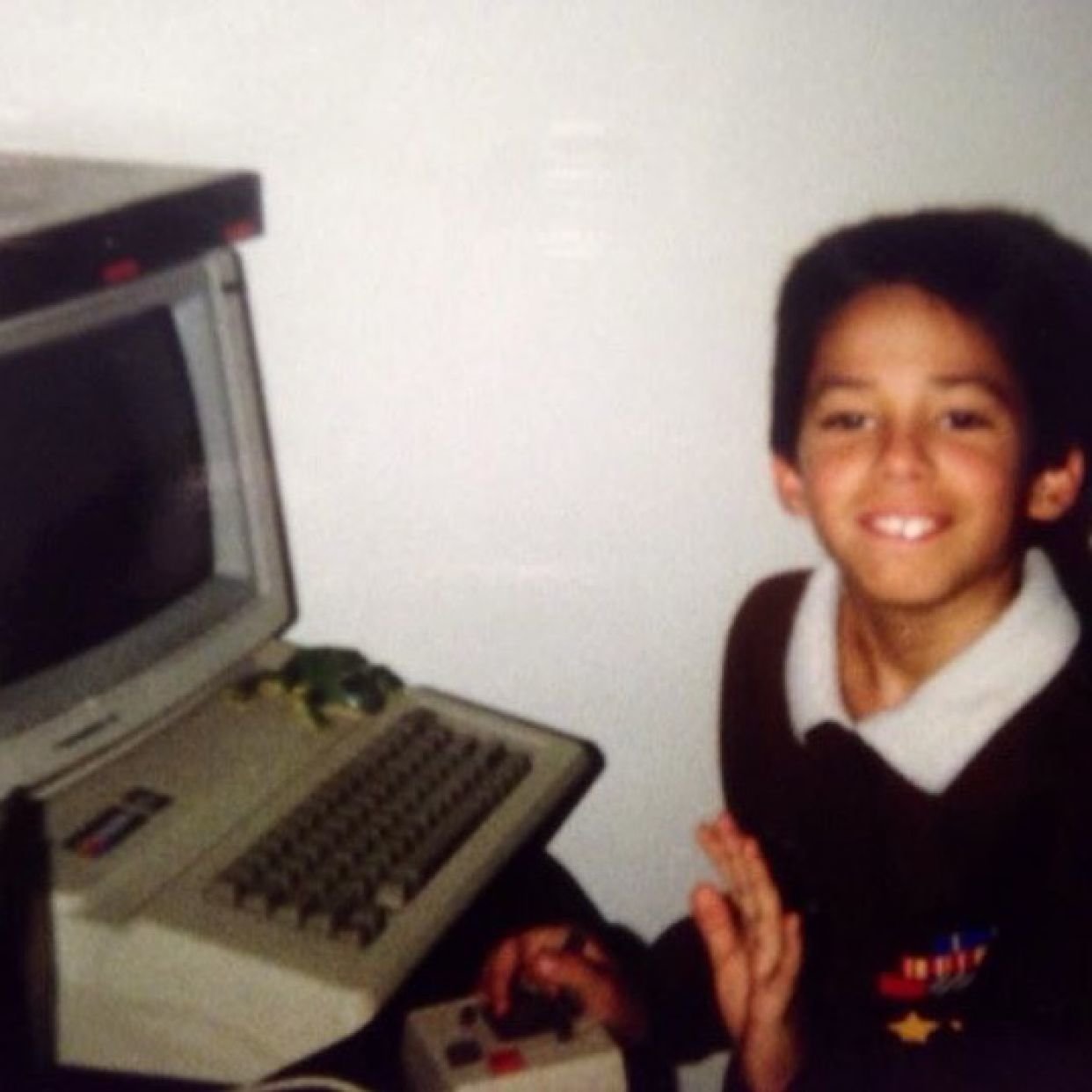
Brian Mau
CTO @ UenMe

Show of hands:
How many of you have
- Already seen a WebRTC demo before?
Show of hands:
How many of you have
- Already seen a WebRTC demo before?
- Built something with WebRTC before?
Show of hands:
How many of you have
- Already seen a WebRTC demo before?
- Built something with WebRTC before?
- Have something in production using WebRTC?
What is WebRTC?
What is WebRTC?
- Access to Camera, Audio, Mic, and Screen
What is WebRTC?
- Access to Camera, Audio, Mic, and Screen
- Peer to Peer Communication
What is WebRTC?
- Access to Camera, Audio, Mic, and Screen
- Peer to Peer Communication
- Techniques for traversing NAT
What is WebRTC?
- Access to Camera, Audio, Mic, and Screen
- Peer to Peer Communication
- Techniques for traversing NAT
- High Quality Royalty Free Codecs (Opus & VP8)
What is WebRTC?
- Access to Camera, Audio, Mic, and Screen
- Peer to Peer Communication
- Techniques for traversing NAT
- High Quality Royalty Free Codecs (Opus & VP8)
- A Data channel
Use Cases?
- VoIP
- Video Chat
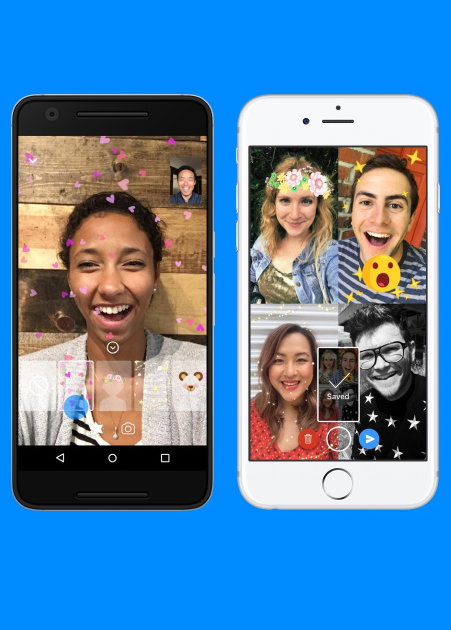
Use Cases?
- VoIP
- Video Chat
- Multiplayer gaming

Use Cases?
- VoIP
- Video Chat
- Multiplayer gaming
- Screen Capture

Use Cases?
- VoIP
- Video Chat
- Multiplayer gaming
- Screen Capture
- Instant Messaging
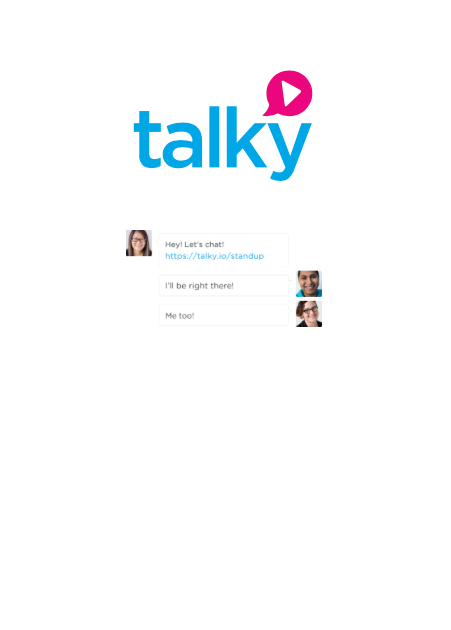
Use Cases?
- VoIP
- Video Chat
- Multiplayer gaming
- Screen Capture
- Instant Messaging
- PeerCDN
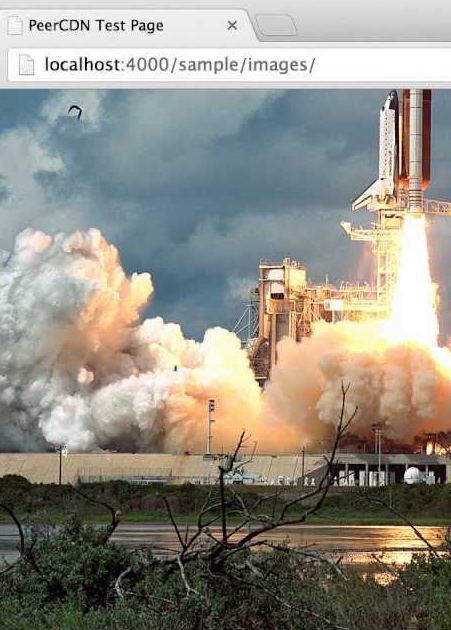
Use Cases?
- VoIP
- Video Chat
- Multiplayer gaming
- Screen Capture
- Instant Messaging
- PeerCDN
- WebTorrent
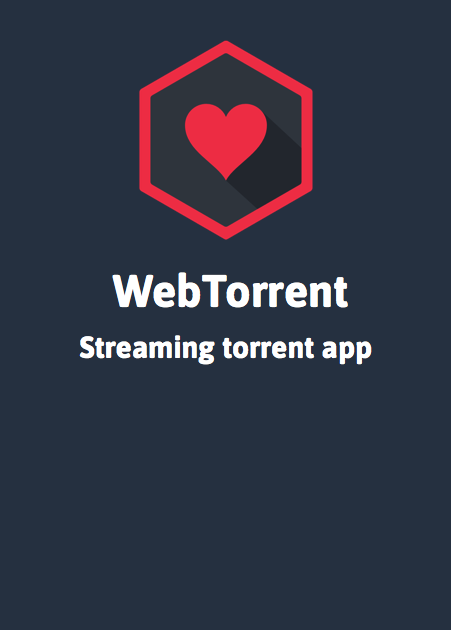
Use Cases?
- VoIP
- Video Chat
- Multiplayer gaming
- Screen Capture
- Instant Messaging
- PeerCDN
- WebTorrent
- Music Visualization

Use Cases?
- VoIP
- Video Chat
- Multiplayer gaming
- Screen Capture
- Instant Messaging
- PeerCDN
- WebTorrent
- Music Visualization
- IoT interconnectivity
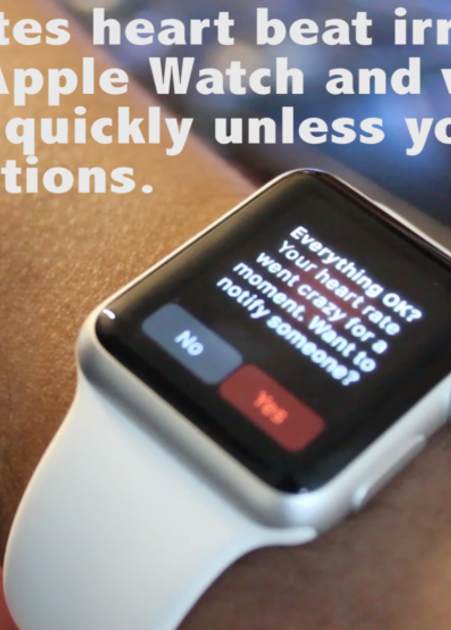
Use Cases?
- VoIP
- Video Chat
- Multiplayer gaming
- Screen Capture
- Instant Messaging
- PeerCDN
- WebTorrent
- Music Visualization
- IoT interconnectivity
- Security Cameras

Use Cases?
- VoIP
- Video Chat
- Multiplayer gaming
- Screen Capture
- Instant Messaging
- PeerCDN
- WebTorrent
- Music Visualization
- IoT interconnectivity
- Security Cameras
- Telepresence Robots

Use Cases?
- VoIP
- Video Chat
- Multiplayer gaming
- Screen Capture
- Instant Messaging
- PeerCDN
- WebTorrent
- Music Visualization
- IoT interconnectivity
- Security Cameras
- Telepresence Robots
- ???

RTC?
What does Real Time Communication even mean?
- UDP connections
- Not AJAX or TCP/IP
- Video and Audio Streams
- Peer to Peer
A Naive Example?
let socket = io.connect(window.location.origin);
function broadcast() {
const video = document.querySelector('video');
const canvas = document.createElement('canvas');
const ctx = canvas.getContext('2d');
navigator.mediaDevices.getUserMedia({ video : true })
.then(function(stream) {
video.srcObject = stream;
setInterval(function() {
canvas.width = video.videoWidth;
canvas.height = video.videoHeight;
ctx.drawImage(video, 0, 0, canvas.width, canvas.height);
const imageData = canvas.toDataURL("image/jpeg", 0.4);
socket.emit('sendImage', { image : imageData });
}, 100);
}).catch(error => console.error(error));
}
function watch() {
const img = document.querySelector('img');
socket.on('getImage', data => img.src = data.image);
}broadcast()
function broadcast() {
const video = document.querySelector('video');
const canvas = document.createElement('canvas');
const ctx = canvas.getContext('2d');
broadcast()
function broadcast() {
const video = document.querySelector('video');
const canvas = document.createElement('canvas');
const ctx = canvas.getContext('2d');
/** @type {MediaStreamConstraints} */
const constraints = { video : true };
Media Stream Constraints
/** @type {MediaStreamConstraints} */
const constraints = {
audio: true,
video: true
};Overconstrained Error:
/** @type {MediaStreamConstraints} */
const constraints = {
audio: true,
video: {
facingMode: "user",
width: {
min: 1024,
ideal: 1280,
max: 1920
},
height: {
min: 576,
ideal: 720,
max: 1080
},
frameRate: { ideal: 10, max: 15 }
}
};broadcast()
function broadcast() {
const video = document.querySelector('video');
const canvas = document.createElement('canvas');
const ctx = canvas.getContext('2d');
/** @type {MediaStreamConstraints} */
const constraints = { video : true };
broadcast()
function broadcast() {
const video = document.querySelector('video');
const canvas = document.createElement('canvas');
const ctx = canvas.getContext('2d');
/** @type {MediaStreamConstraints} */
const constraints = { video : true };
// getUserMedia()
navigator.mediaDevices.getUserMedia(constraints)
.then(function(stream) {
video.srcObject = stream;
// ...getUserMedia()
// Promise based:
navigator.mediaDevices.getUserMedia({video: true})
.then(function(stream) {
video.srcObject = stream;
// ...
})gUM() circa 2013
// Callbacks, and directly on the navigator global:
navigator.getUserMedia({video: true}, success, error)
Media Streams
navigator.mediaDevices.getUserMedia({video: true})
.then(function(stream) {
// Streams contain 0 or more tracks
stream.getVideoTracks() // get all video tracks
stream.getAudioTracks() // get all audio tracks
stream.getTracks() // // get all the tracks
})srcObject
/** @type {MediaStream} */
video.srcObject = stream; // srcObjectCamera to Canvas:
navigator.mediaDevices.getUserMedia(constraints)
.then(function(stream) {
video.srcObject = stream;
// ...
Camera to Canvas:
navigator.mediaDevices.getUserMedia(constraints)
.then(function(stream) {
video.srcObject = stream;
canvas.width = video.videoWidth;
canvas.height = video.videoHeight;
Camera to Canvas:
navigator.mediaDevices.getUserMedia(constraints)
.then(function(stream) {
video.srcObject = stream;
canvas.width = video.videoWidth;
canvas.height = video.videoHeight;
// Draw the video to the canvas
ctx.drawImage(video, 0, 0, canvas.width, canvas.height);
Camera to Canvas:
navigator.mediaDevices.getUserMedia(constraints)
.then(function(stream) {
video.srcObject = stream;
canvas.width = video.videoWidth;
canvas.height = video.videoHeight;
// Draw the video to the canvas
ctx.drawImage(video, 0, 0, canvas.width, canvas.height);
// Take a JPEG snapshot of the canvas (potato quality)
const imageData = canvas.toDataURL("image/jpeg", 0.4);
Camera to Canvas:
navigator.mediaDevices.getUserMedia(constraints)
.then(function(stream) {
video.srcObject = stream;
canvas.width = video.videoWidth;
canvas.height = video.videoHeight;
// Draw the video to the canvas
ctx.drawImage(video, 0, 0, canvas.width, canvas.height);
// Take a JPEG snapshot of the canvas (potato quality)
const imageData = canvas.toDataURL("image/jpeg", 0.4);
// emit the image to our Socket.io server
socket.emit('sendImage', {
image: imageData
});
Camera to Canvas:
navigator.mediaDevices.getUserMedia(constraints)
.then(function(stream) {
video.srcObject = stream;
setInterval(function() {
canvas.width = video.videoWidth;
canvas.height = video.videoHeight;
// Draw the video to the canvas
ctx.drawImage(video, 0, 0, canvas.width, canvas.height);
// Take a JPEG snapshot of the canvas (potato quality)
const imageData = canvas.toDataURL("image/jpeg", 0.4);
// emit the image to our Socket.io server
socket.emit('sendImage', {
image: imageData
});
}, 100); // Do it 10x per secondAnd on the other client:
let socket = io.connect(window.location.origin);
function watch() {
const img = document.querySelector('img');
// Every time we receive an image, display it.
socket.on('getImage', data => img.src = data.image);
}

Did that work?
What if we could send that video stream directly to the other user's browser, without any web servers or AJAX?
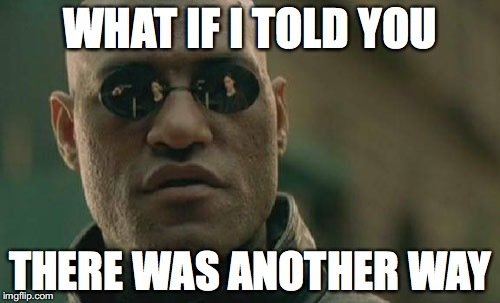
RTC Peer Connection
const peerConnection = new RTCPeerConnection();
RTC Peer Connection
const peerConnection = new RTCPeerConnection();
// Combine RTCPeerConnection with getUserMedia:
navigator.mediaDevices.getUserMedia({
audio: true,
video: true
})
RTC Peer Connection
const peerConnection = new RTCPeerConnection();
// Combine RTCPeerConnection with getUserMedia:
navigator.mediaDevices.getUserMedia({
audio: true,
video: true
})
.then(function(stream) {
peerConnection.addStream(stream);
})RTC Peer Connection
const peerConnection = new RTCPeerConnection();
// Combine RTCPeerConnection with getUserMedia:
navigator.mediaDevices.getUserMedia({
audio: true,
video: true
})
.then(function(stream) {
peerConnection.addStream(stream);
peerConnection.createOffer()
})
createOffer()
- createOffer creates SDP
- It's promise returns the SDP
SDP
- SDP is short for Session Description Protocol
- SDP contains everything the peer needs to connect
createOffer()
- createOffer creates SDP
- It's promise returns the SDP
setLocalDescription()
- setLocalDescription sets the peerConnection's SDP
RTC Peer Connection
const peerConnection = new RTCPeerConnection();
// Combine RTCPeerConnection with getUserMedia:
navigator.mediaDevices.getUserMedia({
audio: true,
video: true
})
.then(function(stream) {
peerConnection.addStream(stream);
peerConnection.createOffer()
})
RTC Peer Connection
const peerConnection = new RTCPeerConnection();
// Combine RTCPeerConnection with getUserMedia:
navigator.mediaDevices.getUserMedia({
audio: true,
video: true
})
.then(function(stream) {
peerConnection.addStream(stream);
peerConnection.createOffer()
.then(sdp => peerConnection.setLocalDescription(sdp))
})
RTC Peer Connection
const peerConnection = new RTCPeerConnection();
// Combine RTCPeerConnection with getUserMedia:
navigator.mediaDevices.getUserMedia({
audio: true,
video: true
})
.then(function(stream) {
peerConnection.addStream(stream);
peerConnection.createOffer()
.then(sdp => peerConnection.setLocalDescription(sdp))
.then(function() {
console.log(peerConnection.localDescription);
});
})
{"type":"offer","sdp":"v=0\r\no=- 8845556371065191854 2 IN IP4 127.0.0.1\r\ns=-\r\nt=0 0\r\na=group:BUNDLE video\r\na=msid-semantic: WMS d9MzOhvRYFeiKQSG96u54GFQpqkd6coBerZP\r\nm=video 61283 UDP/TLS/RTP/SAVPF 96 98 100 102 127 97 99 101 125\r\nc=IN IP4 192.168.1.159\r\na=rtcp:9 IN IP4 0.0.0.0\r\na=candidate:105744546 1 udp 2122260223 192.168.1.159 61283 typ host generation 0 network-id 1 network-cost 10\r\na=candidate:1221489746 1 tcp 1518280447 192.168.1.159 9 typ host tcptype active generation 0 network-id 1 network-cost 10\r\na=ice-ufrag:qfBb\r\na=ice-pwd:GdnVgPdtMJCliTbFUdYW4UYb\r\na=ice-options:trickle\r\na=fingerprint:sha-256 95:C1:36:BE:CE:62:F3:D2:22:BF:4D:19:52:2B:55:8E:3F:47:7B:6F:DF:99:D2:47:E1:27:F9:1C:71:68:A5:B4\r\na=setup:actpass\r\na=mid:video\r\na=extmap:2 urn:ietf:params:rtp-hdrext:toffset\r\na=extmap:3 http://www.webrtc.org/experiments/rtp-hdrext/abs-...
Local Description & SDP
- SDP is short for Session Description Protocol
- SDP contains everything the peer needs to connect
- SDP contains a lot of information!
Local Description & SDP
- SDP is short for Session Description Protocol
- SDP contains everything the peer needs to connect
- SDP contains a lot of information!
- https://webrtchacks.com/sdp-anatomy/
Local Description & SDP
- SDP is short for Session Description Protocol
- SDP contains everything the peer needs to connect
- SDP contains a lot of information!
- https://webrtchacks.com/sdp-anatomy/
- It's not important that we know whats in there
- It's important that we get that info over to the peer's browser.
Signaling
Signaling
- Signaling is whatever mechanism you use to transport the Local Description & SDP.
Signaling
- Signaling is whatever mechanism you use to transport the Local Description & SDP.
- WebRTC intentionally does not specify what signaling method to use.
Signaling
- Signaling is whatever mechanism you use to transport the Local Description & SDP.
- WebRTC intentionally does not specify what signaling method to use.
- Valid methods include:
Signaling
- Signaling is whatever mechanism you use to transport the Local Description & SDP.
- WebRTC intentionally does not specify what signaling method to use.
- Valid methods include:
- SIP over Websockets
Signaling
- Signaling is whatever mechanism you use to transport the Local Description & SDP.
- WebRTC intentionally does not specify what signaling method to use.
- Valid methods include:
- SIP over Websockets
- XMPP/Jabber message
Signaling
- Signaling is whatever mechanism you use to transport the Local Description & SDP.
- WebRTC intentionally does not specify what signaling method to use.
- Valid methods include:
- SIP over Websockets
- XMPP/Jabber message
- Facebook Messenger
Signaling
- Signaling is whatever mechanism you use to transport the Local Description & SDP.
- WebRTC intentionally does not specify what signaling method to use.
- Valid methods include:
- SIP over Websockets
- XMPP/Jabber message
- Facebook Messenger
Signaling
- Signaling is whatever mechanism you use to transport the Local Description & SDP.
- WebRTC intentionally does not specify what signaling method to use.
- Valid methods include:
- SIP over Websockets
- XMPP/Jabber message
- Facebook Messenger
- Snail Mail
Signaling
- Signaling is whatever mechanism you use to transport the Local Description & SDP.
- WebRTC intentionally does not specify what signaling method to use.
- Valid methods include:
- SIP over Websockets
- XMPP/Jabber message
- Facebook Messenger
- Snail Mail
- Carrier Pigeon
Signaling
- Signaling is whatever mechanism you use to transport the Local Description & SDP.
- WebRTC intentionally does not specify what signaling method to use.
- Valid methods include:
- SIP over Websockets
- XMPP/Jabber message
- Facebook Messenger
- Snail Mail
- Carrier Pigeon
- etc.
RTC Peer Connection
const peerConnection = new RTCPeerConnection();
// Combine RTCPeerConnection with getUserMedia:
navigator.mediaDevices.getUserMedia({
audio: true,
video: true
})
.then(function(stream) {
video.srcObject = stream;
peerConnection.addStream(stream);
peerConnection.createOffer()
.then(sdp => peerConnection.setLocalDescription(sdp))
.then(function() {
console.log(peerConnection.localDescription);
});
})
RTC Peer Connection
const peerConnection = new RTCPeerConnection();
// Combine RTCPeerConnection with getUserMedia:
navigator.mediaDevices.getUserMedia({
audio: true,
video: true
})
.then(function(stream) {
video.srcObject = stream;
peerConnection.addStream(stream);
peerConnection.createOffer();
.then(sdp => peerConnection.setLocalDescription(sdp))
.then(function() {
socket.emit('offer', peerConnection.localDescription);
});
})I thought WebRTC is P2P?
I thought WebRTC is P2P?
- The media streaming will be completely peer-to-peer
I thought WebRTC is P2P?
- The media streaming will be completely peer-to-peer
- How the two peers discover each other is not defined
I thought WebRTC is P2P?
- The media streaming will be completely peer-to-peer
- How the two peers discover each other is not defined
- Possible you have a novel way for transmitting SDP?
Browser B:
const peerConnection = new RTCPeerConnection();
Browser B:
const peerConnection = new RTCPeerConnection();
socket.on('offer', function (message) {
});Browser B:
const peerConnection = new RTCPeerConnection();
socket.on('offer', function (message) {
peerConnection.setRemoteDescription(message)
});
Browser B:
const peerConnection = new RTCPeerConnection();
socket.on('offer', function (message) {
peerConnection.setRemoteDescription(message)
.then(() => peerConnection.createAnswer())
});
Browser B:
const peerConnection = new RTCPeerConnection();
socket.on('offer', function (message) {
peerConnection.setRemoteDescription(message)
.then(() => peerConnection.createAnswer())
.then(sdp => peerConnection.setLocalDescription(sdp))
});
Browser B:
const peerConnection = new RTCPeerConnection();
socket.on('offer', function (message) {
peerConnection.setRemoteDescription(message)
.then(() => peerConnection.createAnswer())
.then(sdp => peerConnection.setLocalDescription(sdp))
.then(function() {
socket.emit('answer', peerConnection.localDescription);
});
});
Browser B:
const peerConnection = new RTCPeerConnection();
socket.on('offer', function (message) {
peerConnection.setRemoteDescription(message)
.then(() => peerConnection.createAnswer())
.then(sdp => peerConnection.setLocalDescription(sdp))
.then(function() {
socket.emit('answer', peerConnection.localDescription);
});
});
peerConnection.onaddstream = function (event) {
video.srcObject = event.stream;
};Back to Browser A:
const peerConnection = new RTCPeerConnection();
navigator.mediaDevices.getUserMedia({
audio: true,
video: true
})
.then(function(stream) {
peerConnection.addStream(stream);
peerConnection.createOffer();
.then(sdp => peerConnection.setLocalDescription(sdp))
.then(function() {
socket.emit('offer', peerConnection.localDescription);
});
})
Back to Browser A:
const peerConnection = new RTCPeerConnection();
navigator.mediaDevices.getUserMedia({
audio: true,
video: true
})
.then(function(stream) {
peerConnection.addStream(stream);
peerConnection.createOffer();
.then(sdp => peerConnection.setLocalDescription(sdp))
.then(function() {
socket.emit('offer', peerConnection.localDescription);
});
})
socket.on('answer', function (message) {
peerConnection.setRemoteDescription(message);
});
Did that work?


WebRTC in the wild:
WebRTC in the wild:
- Your device may not have a public IP Address
WebRTC in the wild:
- Your device may not have a public IP Address
- STUN: Public Services to ask "What IP and Port am I"
- "Session Traversal Utilities for NAT"
STUN Configuration
/** @type {RTCConfiguration} */
const config = {
'iceServers': [{
'urls': ['stun:stun.l.google.com:19302']
}]
};
WebRTC in the wild:
- Your device may not have a public IP Address
- STUN: Public Services to ask "What IP and Port am I"
- "Session Traversal Utilities for NAT"
- TURN: STUN server + Media Relay (see RFC5766)
WebRTC in the wild:
- Your device may not have a public IP Address
- STUN: Public Services to ask "What IP and Port am I"
- "Session Traversal Utilities for NAT"
- TURN: STUN server + Media Relay (see RFC5766)
- "Traversal Using Relay around NAT"
TURN Configuration
/** @type {RTCConfiguration} */
const config = {
'iceServers': [{
'urls': ['turn:54.149.135.227:3478'],
'username': 'basscord',
'credential': 'limpbizkitrulez1998',
'credentialType': 'password'
}]
};
TURN Configuration
/** @type {RTCConfiguration} */
const config = {
'iceServers': [{
'urls': ['turn:54.149.135.227:3478'],
'username': 'basscord',
'credential': 'limpbizkitrulez1998',
'credentialType': 'password'
}]
};
Don't use long term passwords!
https://tools.ietf.org/html/draft-uberti-behave-turn-rest-00
WebRTC in the wild:
- Your device may not have a public IP Address
- STUN: Public Services to ask "What IP and Port am I"
- "Session Traversal Utilities for NAT"
- TURN: STUN server + Media Relay (see RFC5766)
- "Traversal Using Relay around NAT"
WebRTC in the wild:
- Your device may not have a public IP Address
- STUN: Public Services to ask "What IP and Port am I"
- "Session Traversal Utilities for NAT"
- TURN: STUN server + Media Relay (see RFC5766)
- "Traversal Using Relay around NAT"
- ICE Candidate: Description of connectable IP and Port
- "Interactive Connection Establishment"
WebRTC in the wild:
- Your device may not have a public IP Address
- STUN: Public Services to ask "What IP and Port am I"
- "Session Traversal Utilities for NAT"
- TURN: STUN server + Media Relay (see RFC5766)
- "Traversal Using Relay around NAT"
- ICE Candidate: Description of connectable IP and Port
- "Interactive Connection Establishment"
- WAE: "Worst Acronyms Ever"

RTC Configuration
/** @type {RTCConfiguration} */
const config = {
'iceServers': [{
'urls': ['stun:stun.l.google.com:19302']
}]
};
const peerConnection = new RTCPeerConnection(config);
ICE Candidates
/** @type {RTCConfiguration} */
const config = {
'iceServers': [{
'urls': ['stun:stun.l.google.com:19302']
}]
};
const peerConnection = new RTCPeerConnection(config);
peerConnection.onicecandidate = function(event) {
};
ICE Candidates
/** @type {RTCConfiguration} */
const config = {
'iceServers': [{
'urls': ['stun:stun.l.google.com:19302']
}]
};
const peerConnection = new RTCPeerConnection(config);
peerConnection.onicecandidate = function(event) {
if (event.candidate) {
socket.emit('candidate', event.candidate);
}
};
ICE Candidates
/** @type {RTCConfiguration} */
const config = {
'iceServers': [{
'urls': ['stun:stun.l.google.com:19302']
}]
};
const peerConnection = new RTCPeerConnection(config);
peerConnection.onicecandidate = function(event) {
if (event.candidate) {
socket.emit('candidate', event.candidate);
}
};
socket.on('candidate', function (candidate) {
});
ICE Candidates
/** @type {RTCConfiguration} */
const config = {
'iceServers': [{
'urls': ['stun:stun.l.google.com:19302']
}]
};
const peerConnection = new RTCPeerConnection(config);
peerConnection.onicecandidate = function(event) {
if (event.candidate) {
socket.emit('candidate', event.candidate);
}
};
socket.on('candidate', function (candidate) {
const c = new RTCIceCandidate(candidate);
peerConnection.addIceCandidate(c);
});
That's it!?
So many acronyms.
Ok Enough. CanIUse?
Ok Enough. CanIUse?
- Safari 11 now supports WebRTC (macOS and iOS)
Ok Enough. CanIUse?
- Safari 11 now supports WebRTC (macOS and iOS)
- Microsoft Edge, Safari, Chrome, Firefox all support
Ok Enough. CanIUse?
- Safari 11 now supports WebRTC (macOS and iOS)
- Microsoft Edge, Safari, Chrome, Firefox all support
- Huge empowerment win for browsers
Ok Enough. CanIUse?
- Safari 11 now supports WebRTC (macOS and iOS)
- Microsoft Edge, Safari, Chrome, Firefox all support
- Huge empowerment win for browsers
- Future of decentralized applications?
Video Chat Demo:
Questions?
Privacy & Security?
- Early on, Real IP was leaked without any indication
- https://tools.ietf.org/html/draft-ietf-rtcweb-ip-handling-04
- No longer true
- Peer to Peer transactions more private than Big Internet
- WebRTC only allowed over HTTPS
Should I pay for WebRTC?
- Many companies selling WebRTC PaaS
- PaaS provide fallbacks for edge cases
- PaaS provide media relay and storage
- Not necessarily easier than WebRTC API
Peer to Peer Video Streaming With WebRTC
By Brian Mau
Peer to Peer Video Streaming With WebRTC
WebRTC is a technology that is rapidly stabilizing, and it belongs in your tool-belt. Lets demystify it by building a peer to peer video streaming app.
- 5,139